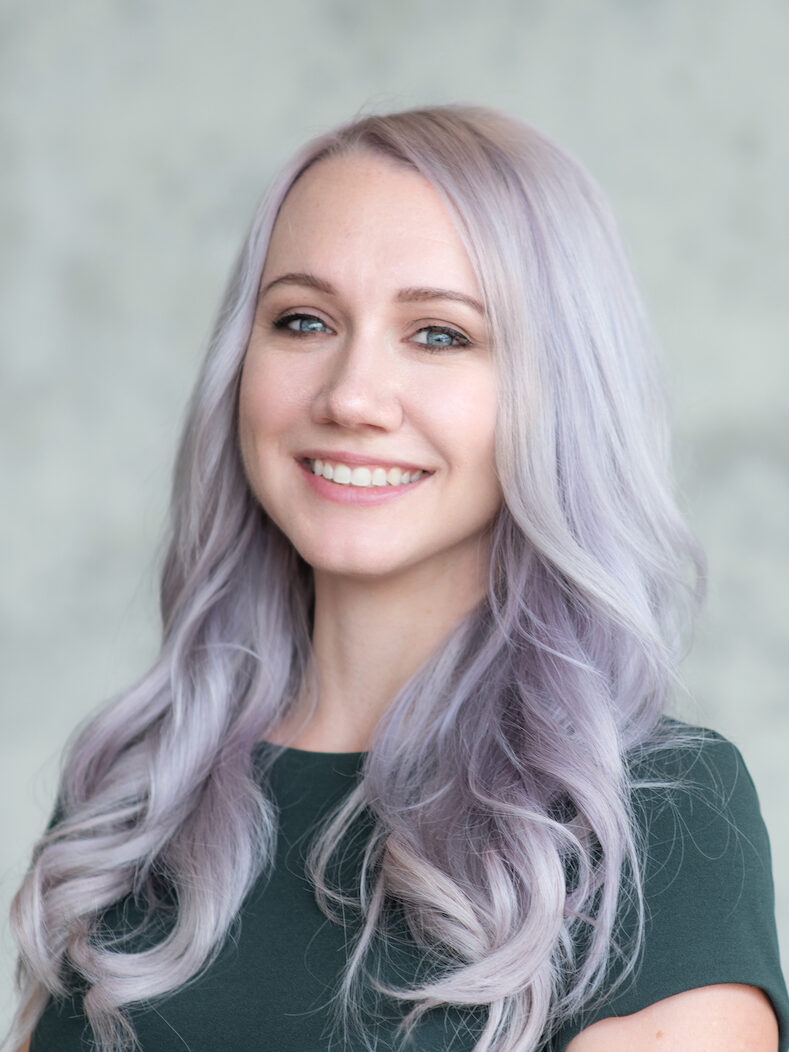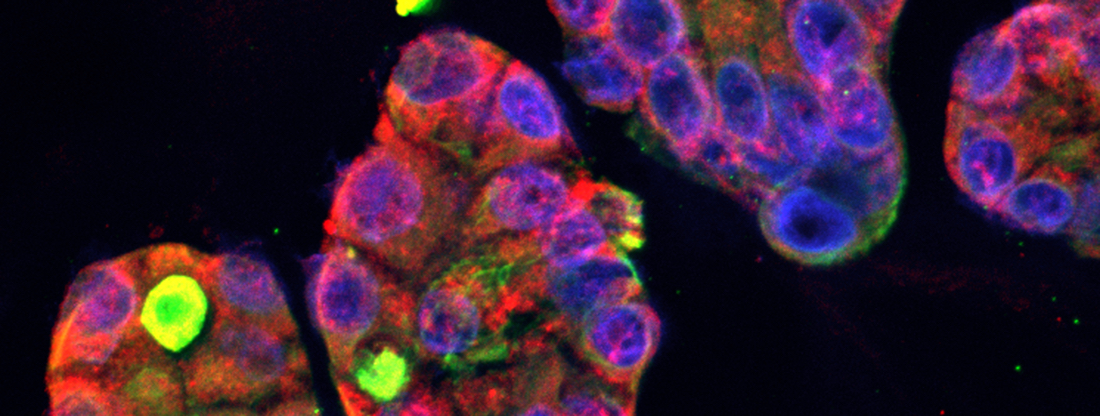In science, the tiniest details matter. For many researchers, this means investigating the similarities and differences between the roughly 200 different types of microscopic cells that comprise the human body.
But in order to study these cells, scientists must identify and separate them from one another — a tricky but critical task that requires highly specialized expertise and equipment. That’s where cell sorting comes in.
Cell sorters are powerful machines that use varying colors of light to differentiate between cell types, which are then separated by technology similar to an ink jet printer. Scientists then use the pure samples to study how specific cells do their jobs. The knowledge that comes from these studies is the foundation for understanding how the body works when it’s healthy, what goes wrong when it isn’t and how we can fix problems through new treatments.
Sorting out the immune system
When it comes to the immune system, VAI Associate Professor Dr. Connie Krawczyk wants to answer a big question: what makes one immune response different from another? To find out, she studies immune cells, the biological first responders that identify and combat threats to the body, such as infections or cancer. Her work has major implications for harnessing the immune system’s natural ability to fight disease and keep us healthy.
Like many other labs at VAI, Dr. Krawczyk and her team rely on the Institute’s Flow Cytometry Core, home to VAI’s cell sorting equipment and the specialized expertise of Core Manager Dr. Rachael Sheridan and her team. As the Institute — and demand for use of its existing cell sorter — has grown, it became clear that additional capacity was required.
“Cell sorting is the foundation of every single project in my lab — without it, we couldn’t do our research,” Krawczyk said. “The technology is a massive draw for recruiting new scientists to VAI and, more broadly, Grand Rapids.”
Last year, thanks to the collective power of donations from many generous supporters, VAI purchased a new state-of-the-art cell sorter that will provide greater bandwidth and capabilities to scientists working toward a healthier tomorrow. For Dr. Krawczyk and her team, the new cell sorter will better help them pursue an elusive goal: isolating a rare type of immune cell that may help explain how genetic differences can make a person more resistant to or more susceptible to viruses.
Impact across VAI
Cell sorting is the backbone of many research initiatives at VAI. Thanks to the multitude of generous donations that supported the purchase of the new sorter, these projects and more will now have access to state-of-the-art capabilities.
Investigating cancer and rare diseases: The lab of Dr. Matt Steensma uses cell sorting to better understand breast cancer risk in people with neurofibromatosis type 1 (NF1), a rare genetic disease that causes benign tumors to form on nerve tissues and that elevates the chance of developing cancer.
Creating new tools for studying cancer and immunity: The labs of Dr. Hui Shen and Dr. Tim Triche, in close collaboration with VAI’s Core Technologies and Services, developed a new technique that provides a highly detailed snapshot of individual cells. This gives scientists a much-needed window into how cancer progression and treatment response interacts with immune function and metabolic changes. Without cell sorting, this new technique would not be possible.
Exploring ways to boost the right parts of the immune system: Thanks to cell sorting, the lab of Dr. Russell Jones is gaining new insights into how metabolism fuels different types of immune cells. They hope to find new ways to boost protective immunity while preventing autoimmunity, which occurs when some immune cells mistakenly attack the body.

